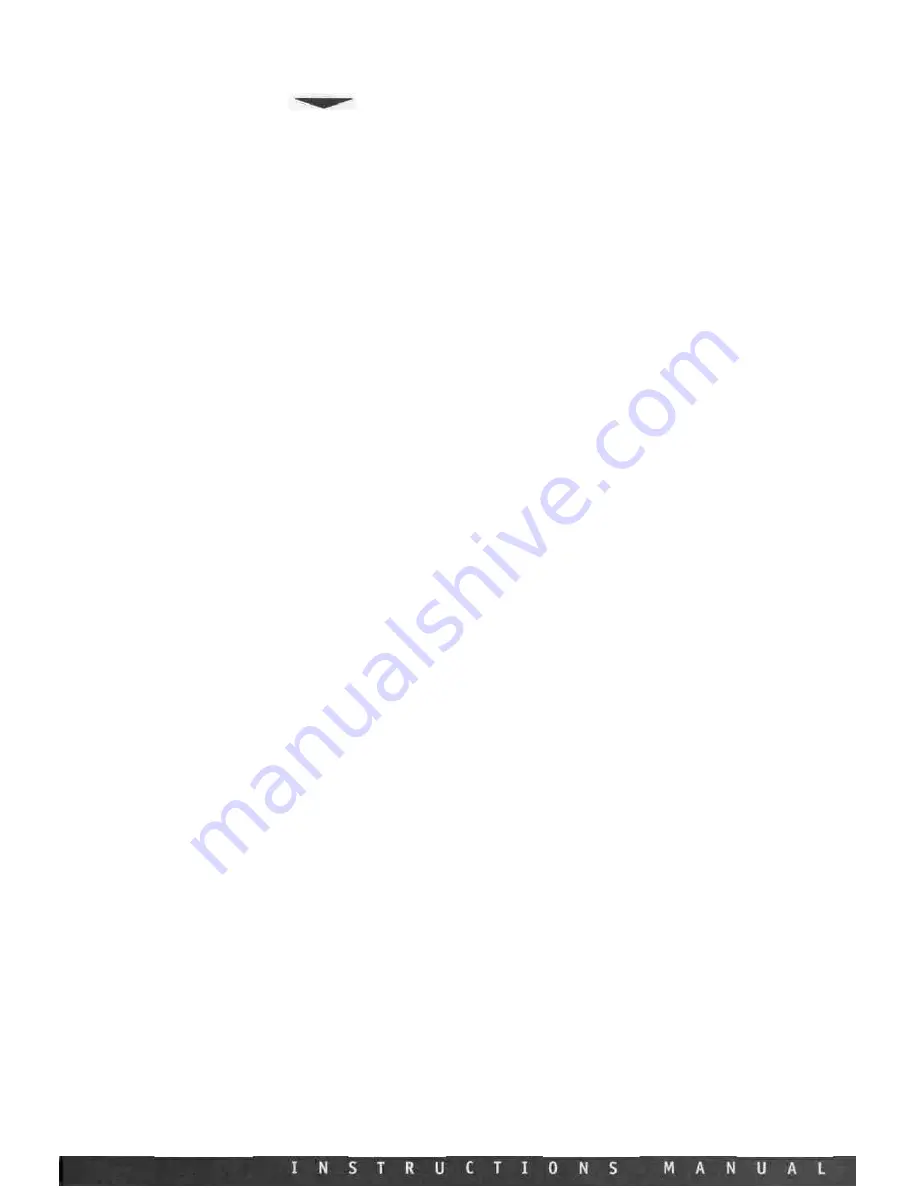
A FEW OTHER TIPS
INCLUDED FOR YOUR
CONSIDERATION:
Live and Studio Applications.
Live application: Try using the different SHAPES in each ZONE to manipulate and balance the
elements in your layers.
Studio application: Connect your MIDI out from your Master Controller to the MIDI in on your
Sequencer and the MIDI out of your sequencer to your Modules. Set your sequencer input fil-
ter to Direct Echo or the appropriate setting to pass all information through (non channeli-
ze). If you come up with an interesting layered patch set your sequencer to multi-record and
hit edit enter twice while your sequencer is recording to record your patch changes to the
sequencer and then continue and play while recording a performance for all your layers. For
another section of your track you can do the same with another patch and record and auto-
mate your patch changes along with your performance. Using the layers on the SL-880 you
may come up with patches and parts you might not have conceived programming the tradi-
tional one track at a time way.
Live application: Use the inverted or (-) SHAPES to experiment with velocity crossfades.
Live application: Set a ZONE to only one note. When editing SPLIT parameter in setting up
ZONE hit the same note twice at either the lowest note or highest note on the keyboard to
set a range of (1) one note for that ZONE. Assign that Zone to a MIDI channel that goes to
your sampler to trigger a Loop or trigger a Sound FX. Use the TRANSPOSE feature to bring the
sample up or down to a useful range for triggering. If the (+) or (-) 24 steps of transposition
is not enough, assign the Sample trigger note to an appropriate one in the sampler and save
it that way.
Live or Studio application: Using the BANK SELECT feature get to those often useful and
alternate patches not stored in the first 127 patch positions on your synth.
Live application: Use the (4) zones to set up three different patches, use the ZONE SWIT-
CHES to toggle and play one ZONE at a time for particular songs or sections of songs.
Live or Studio application: Use the TRANSPOSE feature to create intervals from layered ZONES
in octaves or harmonies.
Studio application: Again, use multi-record on your sequencer but this time with a split patch
set up on your SL-880 record two or more parts at once. Bass and comp or chords and melody.
The point is, get creative and innovative using all your new possibilities.
Studio, Scoring to Picture application: Perhaps your sequencer might be locked to video via
SMPTE. Set up a split patch with all Orchestral elements on the SL-880, perform and play in a
more live sense while watching picture. Jump to another sound as the picture inspires you
while recording all your performances simultaneously to the sequencer in multi-record. After
recording you'll have each of your instruments parts recorded on it's own track, now you can
go back and edit or elaborate on your improvisation to picture. If your sequencer doesn't
record separate MIDI channels to separate tracks simultaneously you can always filter by chan-
nel parts after recording to separate your to individual tracks for editing.
SECTION 6.
Charts:
Useful Charts and Graphics
Included on the following two pages are 2 identical copies of a template for you to write down
the settings for the patches you come up with. These are included so you can build a library
of your favorite patches and settings. Carefully tear or cut out one of the copies and feel free
to run it through a copy machine to make more blanks for yourself. If you require more copies
call, in the USA, Music Industries Corp. at 1(800) 431-6699.
















